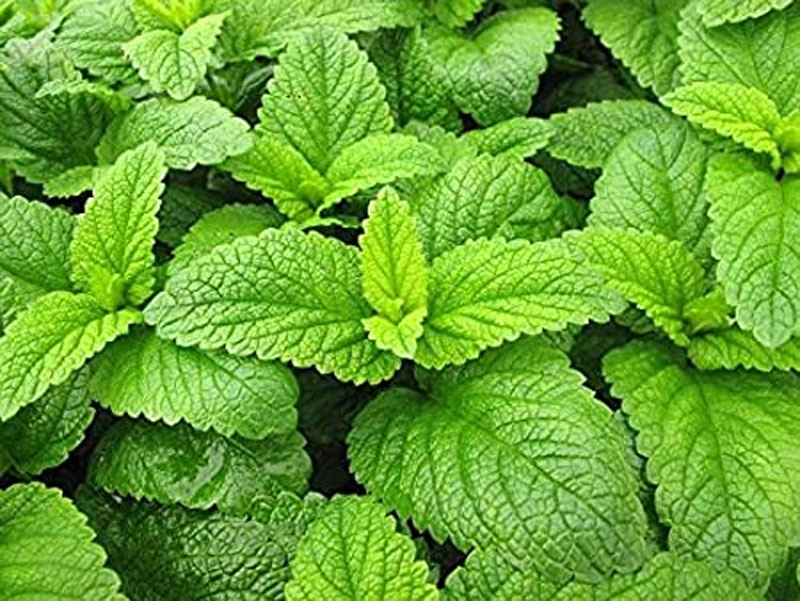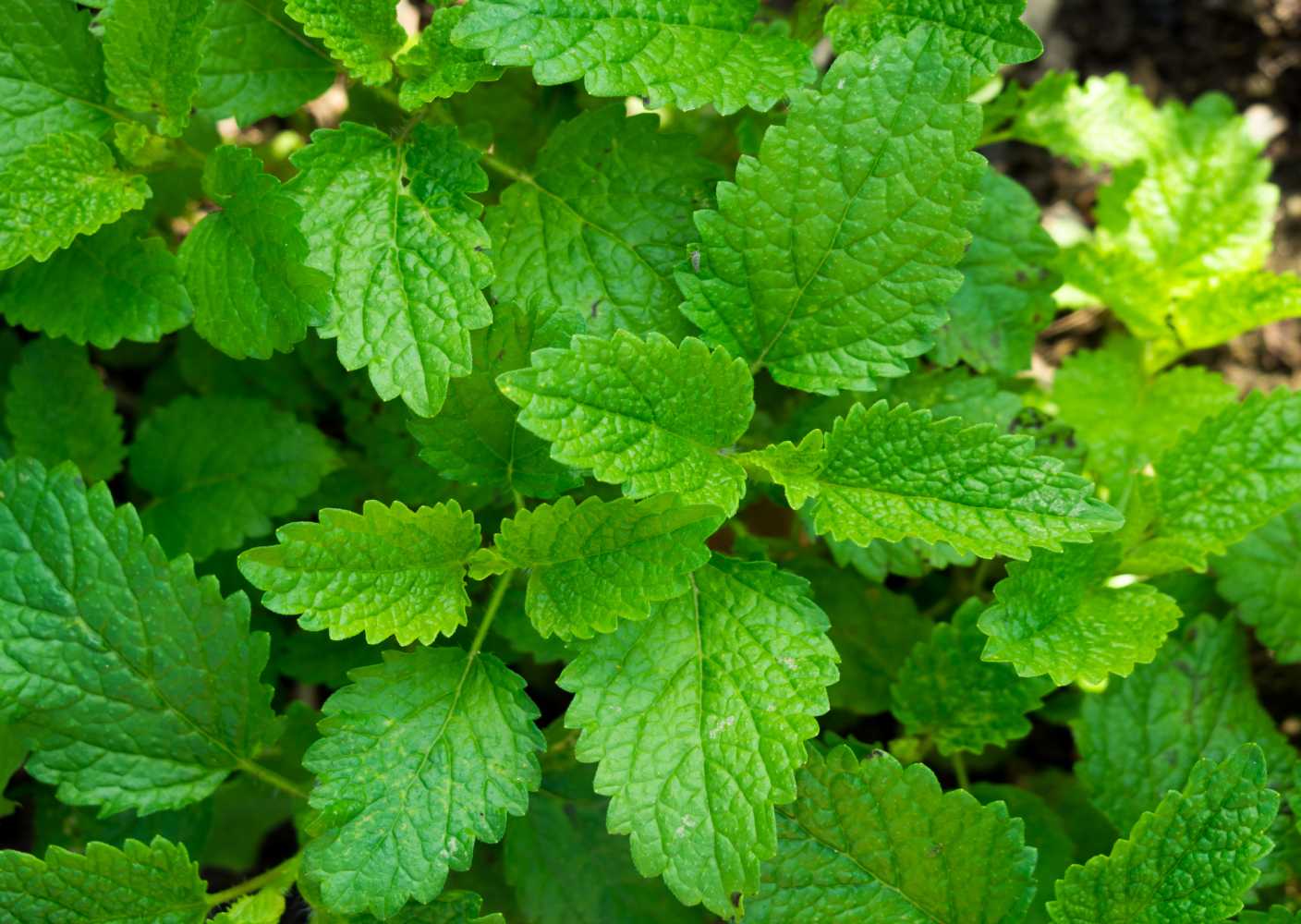Basil is a popular herb that is commonly used in many dishes, especially in Italian cuisine. While it is typically grown in full sun, it can also thrive in low light conditions. This herb has a sweet and slightly peppery flavor, making it a great addition to soups, salads, and sauces. It also has many health benefits, such as being rich in antioxidants and anti-inflammatory properties. If you have a kitchen with limited natural light, growing some basil can add a burst of flavor and freshness to your meals.
1. Basil
Mint is another versatile herb that can be grown in low light conditions. It has a refreshing and cooling taste, making it a popular ingredient in beverages like mojitos and teas. Mint is also known for its medicinal properties, such as aiding in digestion and relieving headaches. It is easy to grow and can even thrive in indirect light, making it a perfect addition to your kitchen herb garden.
2. Mint
Parsley is a common herb that is often used as a garnish in many dishes. It has a mild flavor and is packed with essential nutrients like vitamin C, vitamin K, and potassium. While it is typically grown in full sun, it can also be grown in low light conditions. Parsley is a great addition to any kitchen herb garden as it can be used in a variety of dishes, from soups to sauces to salads.
3. Parsley
Chives are a member of the onion family and have a mild onion flavor. They are often used as a garnish or added to dishes for a subtle onion taste. Chives can be grown in low light conditions, as long as they receive some natural light during the day. They are also packed with nutrients like vitamin C, vitamin K, and folate. Chives are a great herb to have in your kitchen as they can be used in a variety of dishes, from omelets to stir-fries.
4. Chives
Thyme is a popular herb that is used in many dishes, especially in Mediterranean cuisine. It has a strong and earthy flavor, making it a great addition to meats, soups, and stews. Thyme can grow in low light conditions, but it does require some natural light during the day. This herb is also known for its medicinal properties, such as boosting the immune system and aiding in digestion. Adding some thyme to your kitchen herb garden can add a delicious flavor to your meals.
5. Thyme
Oregano is a staple herb in Italian and Greek cuisine, known for its strong and pungent flavor. It is commonly used in sauces, marinades, and meat dishes. Oregano can grow in low light conditions, but it does require some natural light during the day. It is also rich in antioxidants and has anti-inflammatory properties. Having this herb in your kitchen herb garden can add a burst of flavor and health benefits to your dishes.
6. Oregano
Rosemary is a fragrant herb that is commonly used in Mediterranean cuisine. It has a pine-like taste and is often used in roasts, stews, and marinades. While it prefers full sun, rosemary can still thrive in low light conditions. This herb also has many health benefits, such as improving memory and boosting the immune system. Adding some rosemary to your kitchen herb garden can add a delightful aroma and flavor to your meals.
7. Rosemary
Cilantro is a popular herb in Mexican and Asian cuisine, known for its distinct and pungent flavor. It is often used in salsas, curries, and marinades. While it prefers full sun, cilantro can also grow in low light conditions. It is rich in antioxidants and has anti-inflammatory properties. This herb is a great addition to your kitchen herb garden as it can add a unique flavor to your dishes.
8. Cilantro
Sage is a versatile herb that is commonly used in savory dishes. It has a strong and earthy flavor, making it a great addition to meats, soups, and sauces. While it prefers full sun, sage can also grow in low light conditions. This herb has many health benefits, such as improving brain function and reducing inflammation. Having some sage in your kitchen herb garden can add a delicious and healthy touch to your meals.
9. Sage
Lemon balm is a lesser-known herb that is part of the mint family. It has a lemony flavor and is often used in teas and desserts. Lemon balm can grow in low light conditions, making it a great addition to your kitchen herb garden. It is also known for its calming properties, making it a popular herb for herbal remedies. Adding some lemon balm to your kitchen herb garden can add a unique flavor and therapeutic benefits to your dishes.
10. Lemon Balm
Tips for Growing Herbs in a Low Light Kitchen

Maximizing Space and Light

Herbs are a great addition to any kitchen, providing fresh and flavorful ingredients for cooking. However, growing herbs in a low light kitchen can be challenging. With some careful planning and a few simple techniques, you can still successfully grow a variety of herbs in your kitchen, even with minimal natural light.
If you have limited counter or windowsill space, consider hanging a shelf or using a wall-mounted herb garden to free up space and expose your herbs to more light. If your kitchen has a window, make sure to keep it clean and unobstructed to allow as much natural light as possible to reach your herbs .
Choosing the Right Herbs
:max_bytes(150000):strip_icc()/herbs-for-a-shade-garden-1762054-05-2a03353c6e1c47909a6fd4c96e44adff.jpg)
When it comes to growing herbs in a low light kitchen , it's important to choose herbs that can thrive in these conditions. Some herbs that do well in low light include mint, chives, parsley, and cilantro. These herbs require less light and can still thrive in a kitchen environment.
It's also important to consider the size and growth habits of the herbs you choose. Herbs like rosemary and thyme tend to grow larger and may not do well in a small, low light kitchen. Opt for smaller, compact herbs that can easily fit into your space.
Proper Care and Maintenance

To ensure your herbs thrive in a low light kitchen, it's important to provide them with the proper care and maintenance. Make sure to use well-draining soil and water only when the top inch of soil is dry. Over-watering can lead to root rot, which can be detrimental to herbs in low light conditions.
You may also want to consider supplementing natural light with artificial light sources, such as a grow light. These can help provide the necessary light for your herbs to grow and thrive in a low light environment.
With these tips and techniques, you can successfully grow a variety of herbs in your low light kitchen. Just remember to choose the right herbs , provide proper care, and utilize all available light sources to help your herbs flourish.














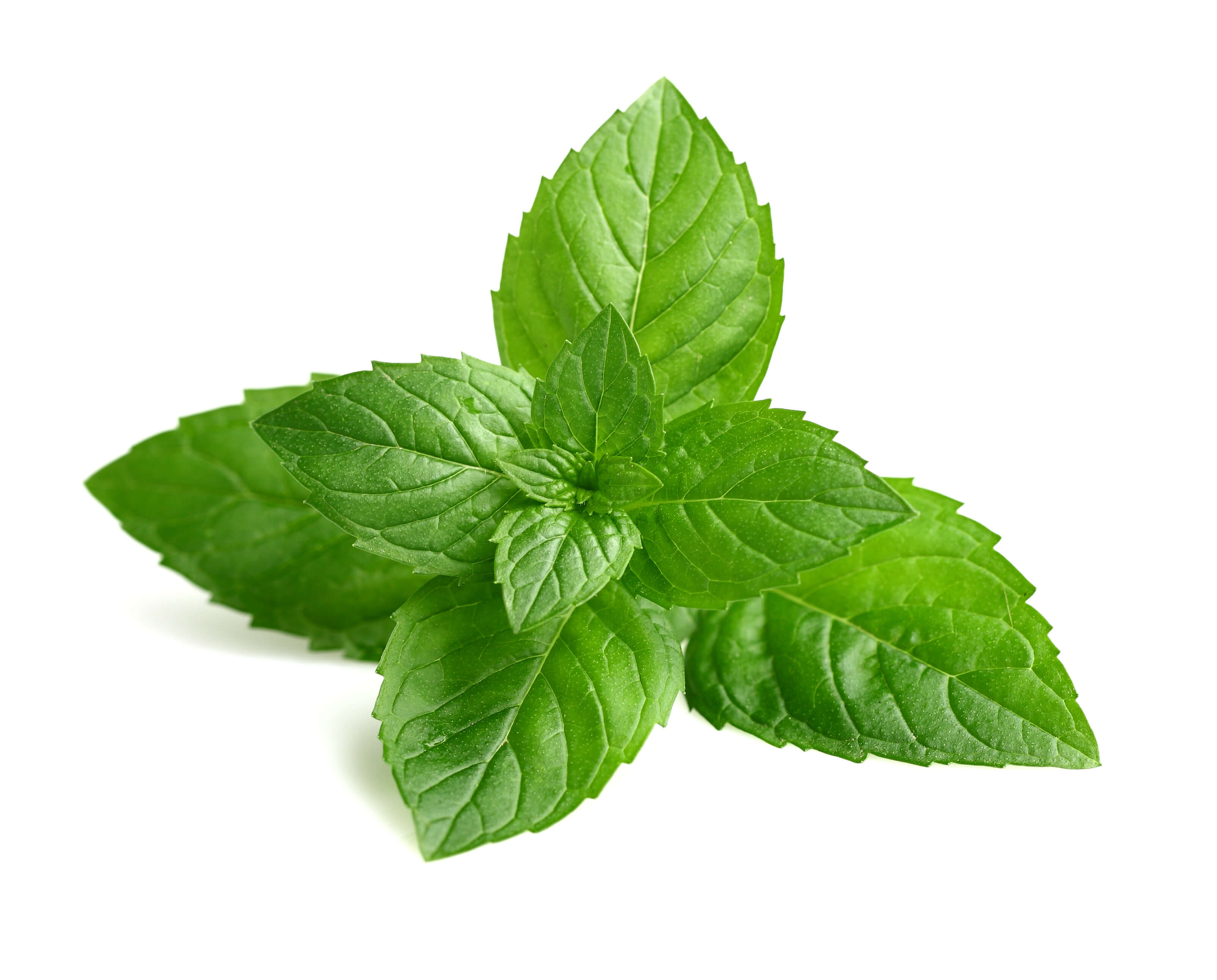



























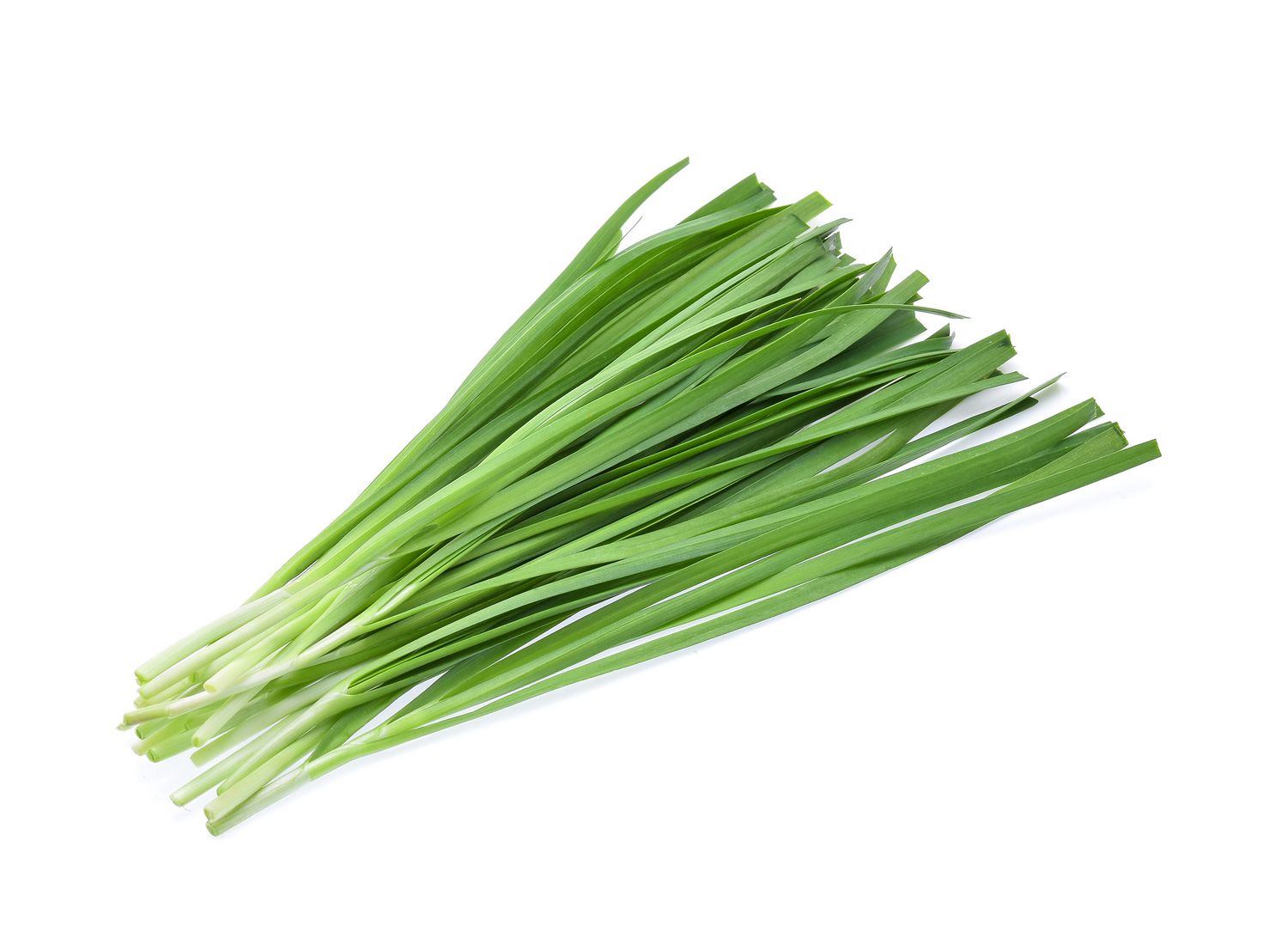














:max_bytes(150000):strip_icc()/herb-profile-oregano-1761786-4-d1197219842c4d21b00ae50ca95d1c12.jpg)

/growing-oregano-plants-1402818-11-ce2a0899a12e4767a5ec71340464f508.jpg)
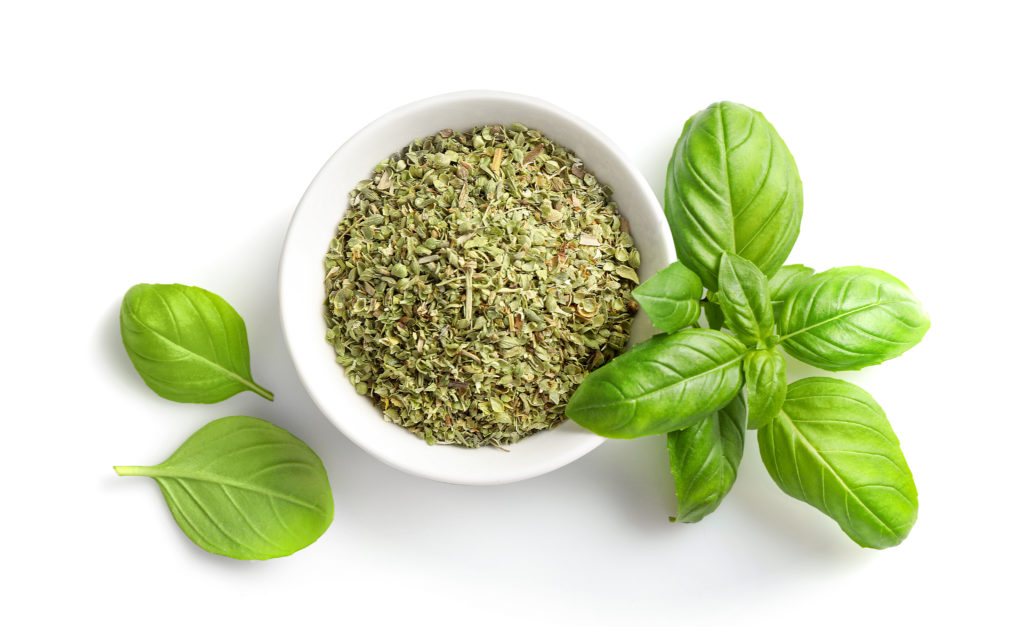

























:max_bytes(150000):strip_icc()/how-to-grow-cilantro-4125820-8-f0025bea9f0a4d3c8f54bbd92162656c.jpg)













